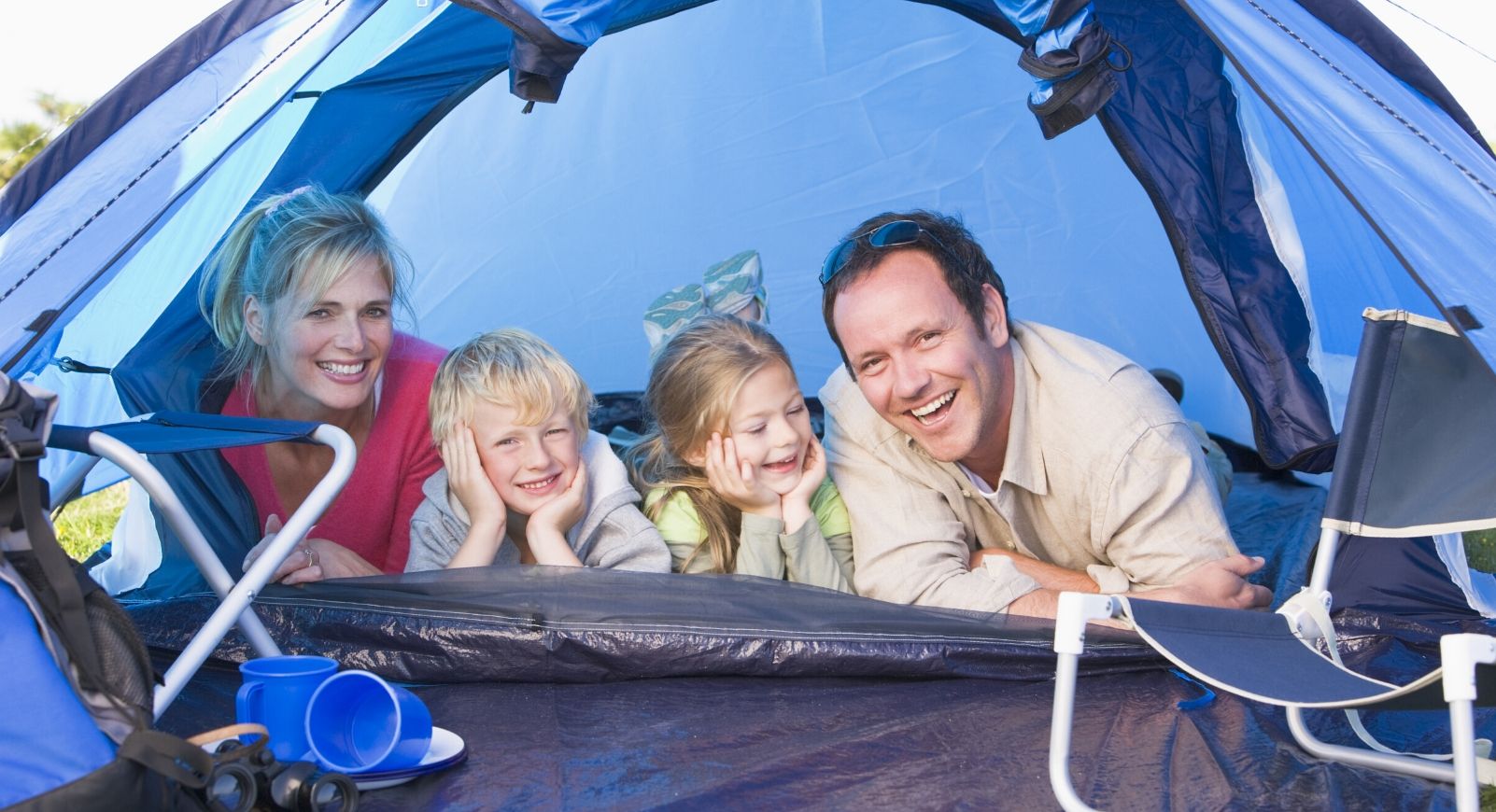It’s that time of year again. How did the summer go so quickly? I’m getting ready for school myself. I am an occupational therapist, and I work with kids both in and out of schools. A huge part of my professional commitment is prevention and education: keeping kids healthy. Backpack shopping seems like a rite of passage, something that I always looked forward to as a kid. We have gone through so many styles over the years – messenger, one shoulder, drawstring, rolling, the mini, the see-through, a Jansport! I’m here to tell you why ergonomics is important and how to chose the appropriate fit. Backpack safety is key, particularly for the little ones.
My Advice for Backpack Safety? Go for classic
When shopping – consider these 3 points:
1. Size – Many of the bigger backpack retailers give recommendations by age/height. L.L. Bean and Lands End have easy-to-follow guides on their website to help you choose. Pay attention to those, as you don’t want to see your preschooler carrying a giant sized backpack that they will one day ‘grow into’. Inevitably, your child will fill the empty space of a too-big backpack with something useless, making things heavier and risky to their physical health. There are size recommendations for a reason.
2. Fit – Make sure that the top and bottom of the backpack aren’t at extreme levels. The top should be about 2″ below the shoulders, and the bottom of the pack at/above waist level. Look for the types with straps – the chest (sternum) strap and waist buckles help to distribute the weight to the shoulders and torso, minimizing the impact on the spine. The wide, padded shoulder straps are ideal for comfort too
3. Weight – No more than 10%. Yes, you read that correctly. That means that my 45 lb. son should only carry 4.5 lbs. This is because prolonged weight on the joints is dangerous and puts them at risk for falling as well as damage to the spine. Girls are more prone to scoliosis, which can be exacerbated by a heavy or ill-fitting backpack. When you pack a backpack, make use of the small compartments. Put the heaviest of items closest to the body, and smaller/lighter contents towards the outside.
What about those rolling bags?
For able-bodied kids who are able to carry a standard backpack, that’s what is the safest for their growing bodies. Some of my students need the rolling-types for different reasons, but they really need instructions about how to properly lift/pull/move it. I cringe when I see them dragging it up the stairs to get on the bus, worrying about a shoulder injury or a potential fall.
Thanks for listening to my rant. I know it might sound silly, especially for a 3-year old just starting nursery school, but it’s important. The education and the development of healthy habits starts at home. If you’re interested, here’s some more reading material from the American Occupational Therapy Association.










